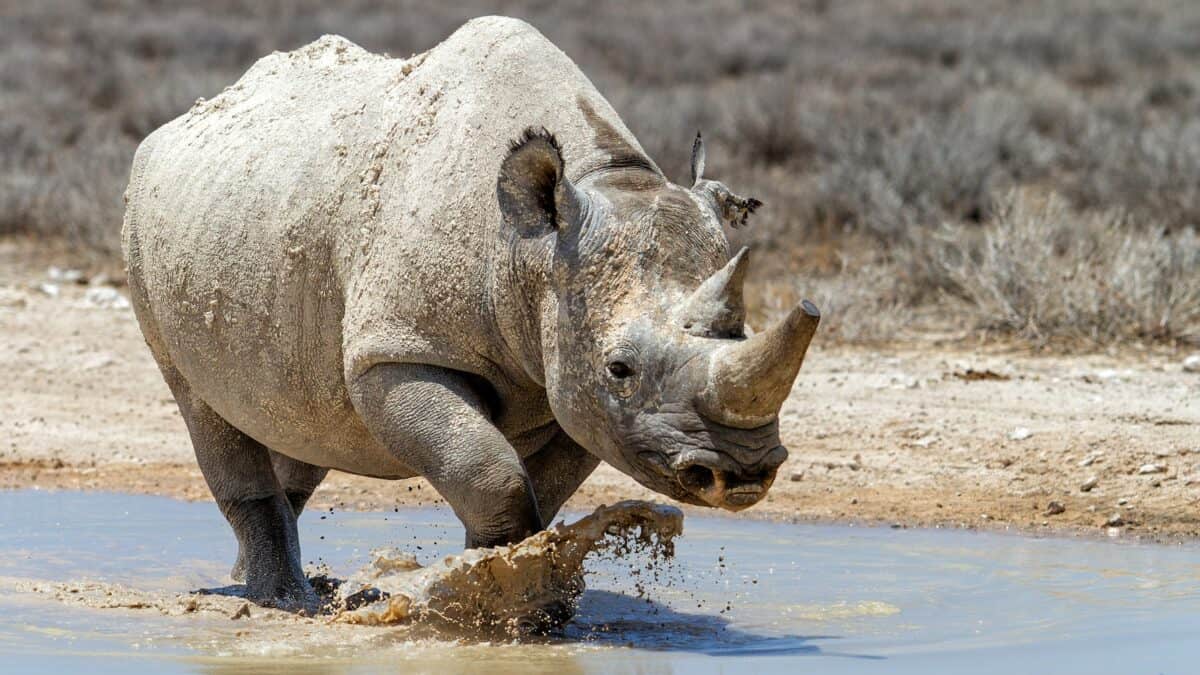Rhinoceroses, with their prehistoric appearance and massive builds, have fascinated humans for centuries. These magnificent creatures, often misunderstood and increasingly endangered, harbor numerous surprising secrets beneath their thick armored skin. From their surprising agility to their complex social structures, rhinos are far more remarkable than most people realize. This article explores fifteen astonishing facts about rhinos that showcase why these ancient mammals deserve our admiration, protection, and continued scientific study.
15. Rhinos Can Run Faster Than Humans
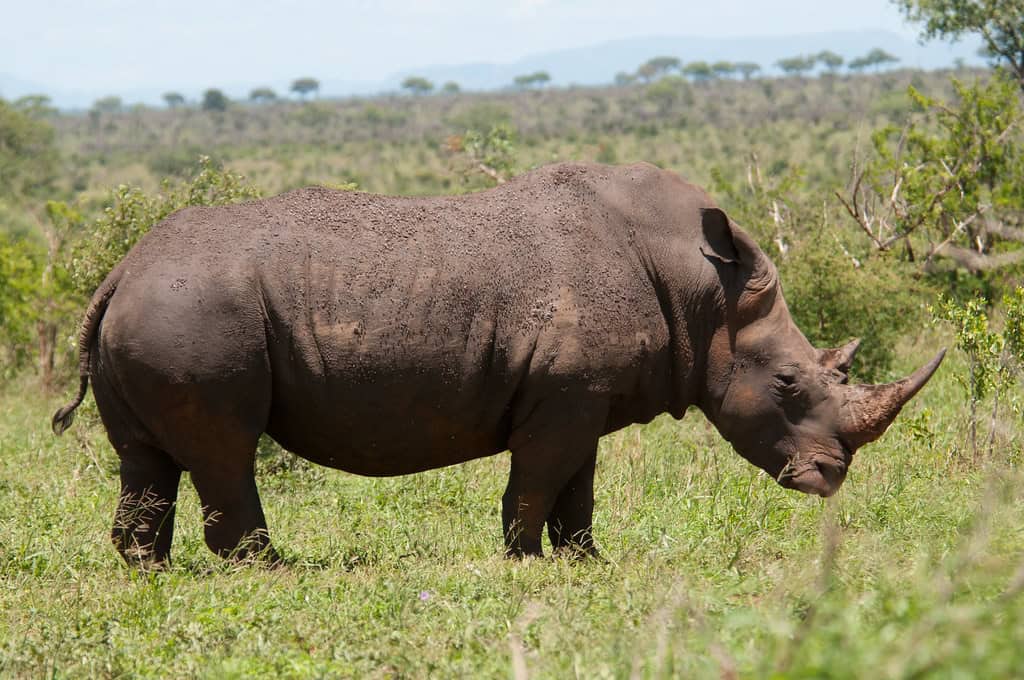
Despite their bulky appearance and weight that can exceed 7,000 pounds, rhinos are remarkably swift. They can reach speeds of up to 35 miles per hour (55 km/h), easily outpacing even the fastest human runners. This surprising agility serves as a vital defense mechanism and hunting deterrent. When charging, a rhino can maintain this impressive speed for short bursts, making them formidable opponents when threatened. Their acceleration is particularly impressive—they can go from standing still to full speed in just a few seconds, despite their massive size and weight.
14. Their Skin Can Be Up to Two Inches Thick

The rhinoceros’s most distinctive feature may be its thick, armor-like skin. This natural body armor can measure between 1.5 to 2 inches (3.8 to 5 cm) thick, making it one of the thickest hides in the animal kingdom. Despite its toughness, rhino skin is surprisingly sensitive to sunburn and insect bites, which is why rhinos frequently wallow in mud to create a protective layer. This mud coating serves multiple purposes: it regulates body temperature, protects against parasites, and shields their skin from the harsh sun. The skin itself consists of several layers of collagen fibers arranged in a lattice structure that provides both flexibility and protection.
13. Rhino Horns Aren’t Actually Made of Bone

Contrary to popular belief, rhino horns aren’t made of bone or ivory but consist primarily of keratin—the same protein found in human hair and fingernails. The horn is essentially a compacted mass of hair-like filaments that grow throughout the rhino’s lifetime at a rate of about 1-3 inches per year. This composition makes rhino horns both flexible and incredibly durable. If a horn breaks off, it will gradually regrow, though the new horn may have a different shape. This keratin structure has unfortunately contributed to the rhino’s endangered status, as traditional medicine systems in some cultures value the horn, despite scientific evidence showing it has no medicinal properties beyond those of regular human fingernails.
12. White Rhinos Aren’t Actually White

The name “white rhinoceros” represents one of zoology’s most famous mistranslations. These rhinos aren’t white at all but rather gray like all other rhino species. The name originated from the Dutch word “wijd,” meaning “wide,” which referred to the animal’s wide, square lip adapted for grazing. Early English settlers misinterpreted this as “white,” and the misnomer stuck. To complement this naming confusion, the “black rhinoceros” isn’t black either—it’s also gray. The key visual difference between these species lies not in their color but in their lip structure: white rhinos have broad, flat lips for grazing grass, while black rhinos have pointed, prehensile lips adapted for browsing leaves and branches.
11. A Group of Rhinos Is Called a “Crash”

While most rhinos are solitary creatures, when they do gather, the collective noun for a group of rhinoceroses is appropriately called a “crash.” This term vividly captures the imposing nature of these massive mammals when they move together. White rhinos are the most social of all rhino species, with females and calves often forming small groups called crashes of up to six individuals. Male territories may overlap with several female groups, creating larger temporary crashes during mating season. The term likely originated from the thunderous sound and powerful presence these animals create when moving as a unit, especially when alarmed or charging potential threats.
10. Rhinos Have Existed for Over 50 Million Years

The rhinoceros lineage dates back an astonishing 50 million years, making them one of Earth’s most ancient surviving large mammal groups. The earliest rhino ancestors were much smaller—about the size of today’s dogs—and lacked horns. Over millions of years of evolution, some rhino species grew to incredible sizes, including the Paraceratherium (also called Indricotherium), which stood nearly 16 feet tall at the shoulder and is considered the largest land mammal that ever lived. At their evolutionary peak, over 100 different rhino species roamed across North America, Europe, Asia, and Africa. Today, only five species remain, all of which are either vulnerable or critically endangered, representing a mere fraction of their once diverse family tree.
9. Rhinos Communicate with Complex Vocalizations

Behind their seemingly stoic appearance, rhinos are surprisingly vocal animals with a sophisticated communication system. They produce a remarkable range of sounds, including grunts, snorts, squeaks, and even high-pitched squeals. The most impressive is perhaps the “singing” communication of black rhinos, who can produce melodic sounds described as similar to whale songs. White rhinos can produce over ten distinct vocal sounds, each with specific meanings relating to contentment, alarm, courtship, or territorial claims. Mother rhinos and their calves develop unique vocal recognition patterns, allowing them to identify each other’s calls in the wild. This complex acoustic communication system contradicts the common perception of rhinos as silent, solitary creatures.
8. Their Poor Eyesight Has Shaped Their Behavior

Rhinos have notoriously poor vision, with the ability to see clearly only up to about 30 feet (9 meters) away. This visual limitation helps explain their sometimes jumpy nature and tendency to charge when startled. To compensate for this visual deficit, rhinos have developed extraordinarily keen senses of smell and hearing. Their ears can rotate independently to pick up sounds from different directions, and their olfactory capabilities allow them to detect scents from over a mile away. When approaching potential threats, rhinos often perform a distinctive “positioning ritual,” where they stand sideways to maximize their ability to use all senses simultaneously. This poor eyesight has profoundly shaped their defensive behaviors and is why rhinos often follow predictable paths through their territory, creating well-worn trails that they can navigate safely.
7. Rhino Pregnancies Last 15-18 Months
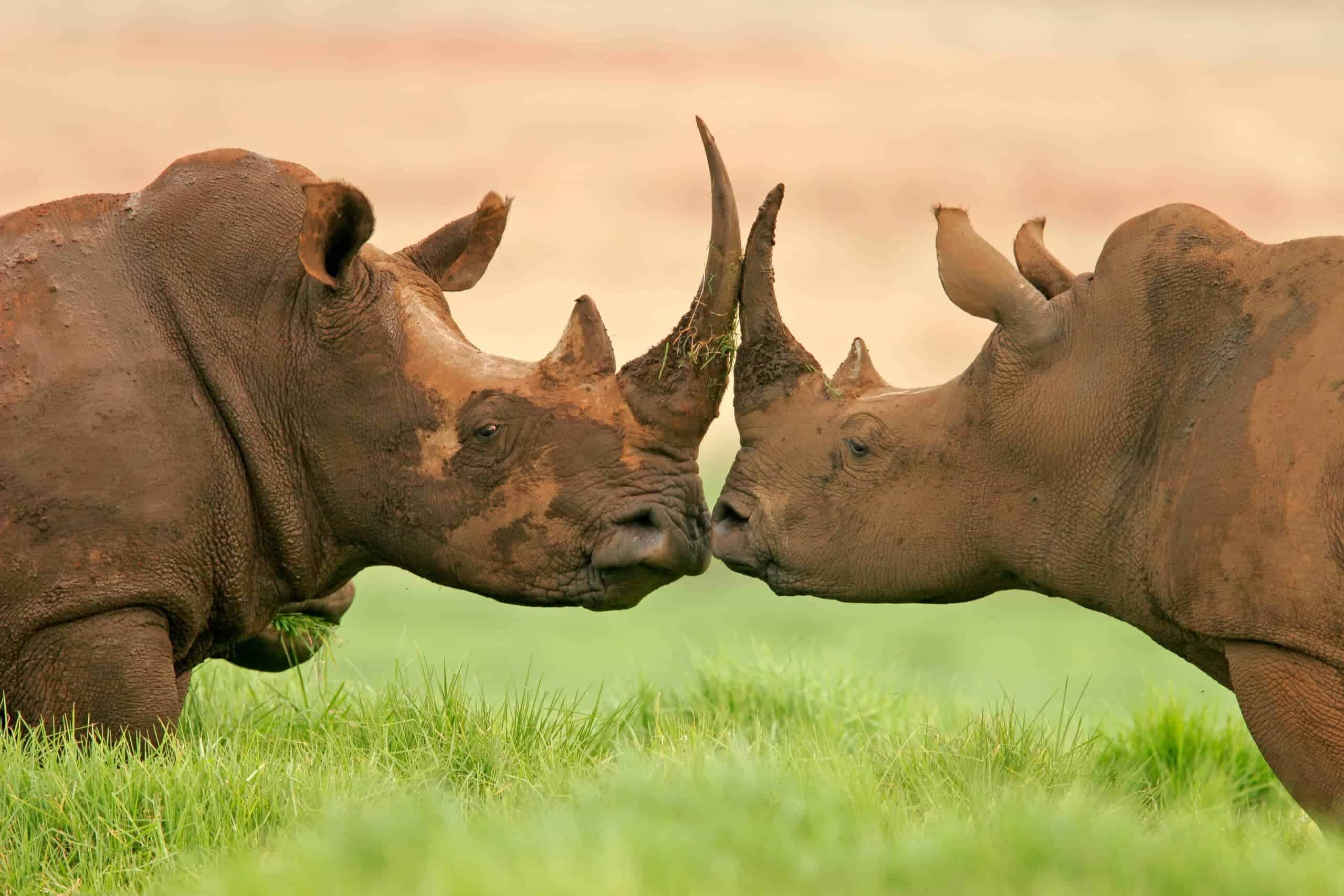
Rhinoceroses have one of the longest gestation periods of any land mammal, carrying their young for between 15 to 18 months depending on the species. This extended pregnancy allows rhino calves to develop extensively before birth—when finally born, a baby rhino already weighs between 88 and 140 pounds (40-65 kg). Despite their size, newborn rhinos are surprisingly vulnerable and rely completely on their mothers for protection and nourishment for up to two years. Female rhinos typically give birth only every two to five years, contributing to their naturally slow population growth. This reproductive strategy—fewer offspring with longer development periods—worked well for millions of years but has become a significant conservation challenge in the face of poaching and habitat loss.
6. The Sumatran Rhino Is the Only Hairy Rhino Species

Among the five existing rhino species, the critically endangered Sumatran rhinoceros (Dicerorhinus sumatrensis) stands out as the only one covered in hair. These relatively small rhinos—standing about 4-5 feet at the shoulder—feature a coat of reddish-brown hair that is especially dense in younger individuals. Scientists believe this hair is an evolutionary holdover from their ice-age ancestors, who needed additional insulation in colder climates. The Sumatran rhino is also the closest living relative to the extinct woolly rhinoceros that roamed Eurasia during the last ice age. Beyond their unique appearance, these rhinos are known for their vocal nature, producing complex songs and whistles for communication. With fewer than 80 individuals remaining in fragmented populations across Indonesia, the hairy Sumatran rhino is fighting for survival against habitat destruction and poaching.
5. Rhinos Have Symbiotic Relationships with Birds

One of the most fascinating ecological partnerships in nature occurs between rhinos and certain bird species, particularly the oxpecker (also called the “rhino bird”). These birds perch on rhinos’ backs, feeding on ticks, flies, and other parasites that plague the massive mammals. This relationship benefits both parties: the birds receive a steady food supply, while the rhinos get pest removal and an early warning system. Oxpeckers will emit a loud alarm call when they spot potential danger, alerting their rhino hosts to possible threats. Research has shown that rhinos with oxpecker companions are significantly more successful at detecting approaching humans than those without these avian assistants. This remarkable interspecies cooperation represents one of nature’s most effective security systems and highlights the complex ecological networks that develop in healthy ecosystems.
4. The Javan Rhino Is the Rarest Large Mammal on Earth
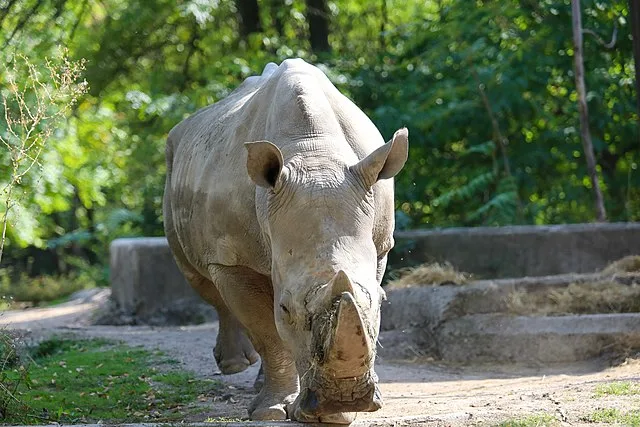
The Javan rhinoceros (Rhinoceros sondaicus) holds the unfortunate distinction of being the rarest large mammal on the planet, with fewer than 75 individuals remaining—all confined to a single population in Indonesia’s Ujung Kulon National Park. Once widespread throughout Southeast Asia, these critically endangered rhinos have been decimated by poaching and habitat loss. The species is so rare that many wildlife biologists have never seen one in person, with most documentation coming from camera traps. Javan rhinos have a single horn (unlike the two-horned Sumatran rhino) and distinctive skin folds that give them an armored, plated appearance. Their extreme rarity makes them particularly vulnerable to extinction from natural disasters, disease outbreaks, or genetic bottlenecking. Conservation efforts focus intensely on protecting their remaining habitat while exploring possibilities for establishing a second population as insurance against catastrophic events.
3. Indian Rhinos Can Swim and Even Dive Underwater
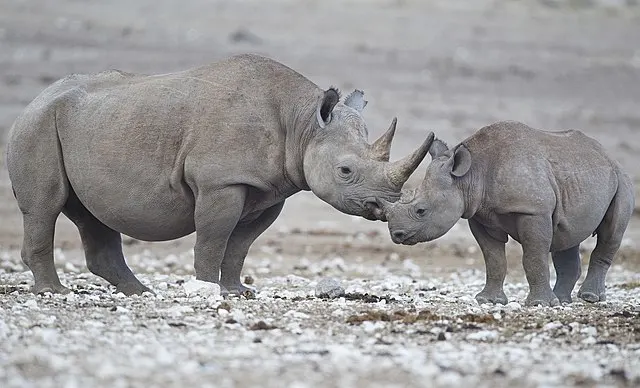
The greater one-horned rhinoceros (Rhinoceros unicornis), also known as the Indian rhino, defies its bulky appearance by being an excellent swimmer capable of crossing deep rivers with ease. These massive creatures, weighing up to 4,000 pounds, can not only swim but also dive and remain submerged for short periods. Their aquatic abilities play a crucial role in their natural behavior, allowing them to access feeding grounds across water barriers and escape predators or threats. In Nepal’s Chitwan National Park, rhinos regularly cross the Rapti River during seasonal migrations. Their natural buoyancy and powerful legs make them surprisingly graceful in water, where they can move with more agility than on land. This swimming ability likely contributed to their historical distribution across river-rich landscapes in South Asia and represents yet another surprising capability of these remarkable animals.
2. Rhinos Use Communal Toilets
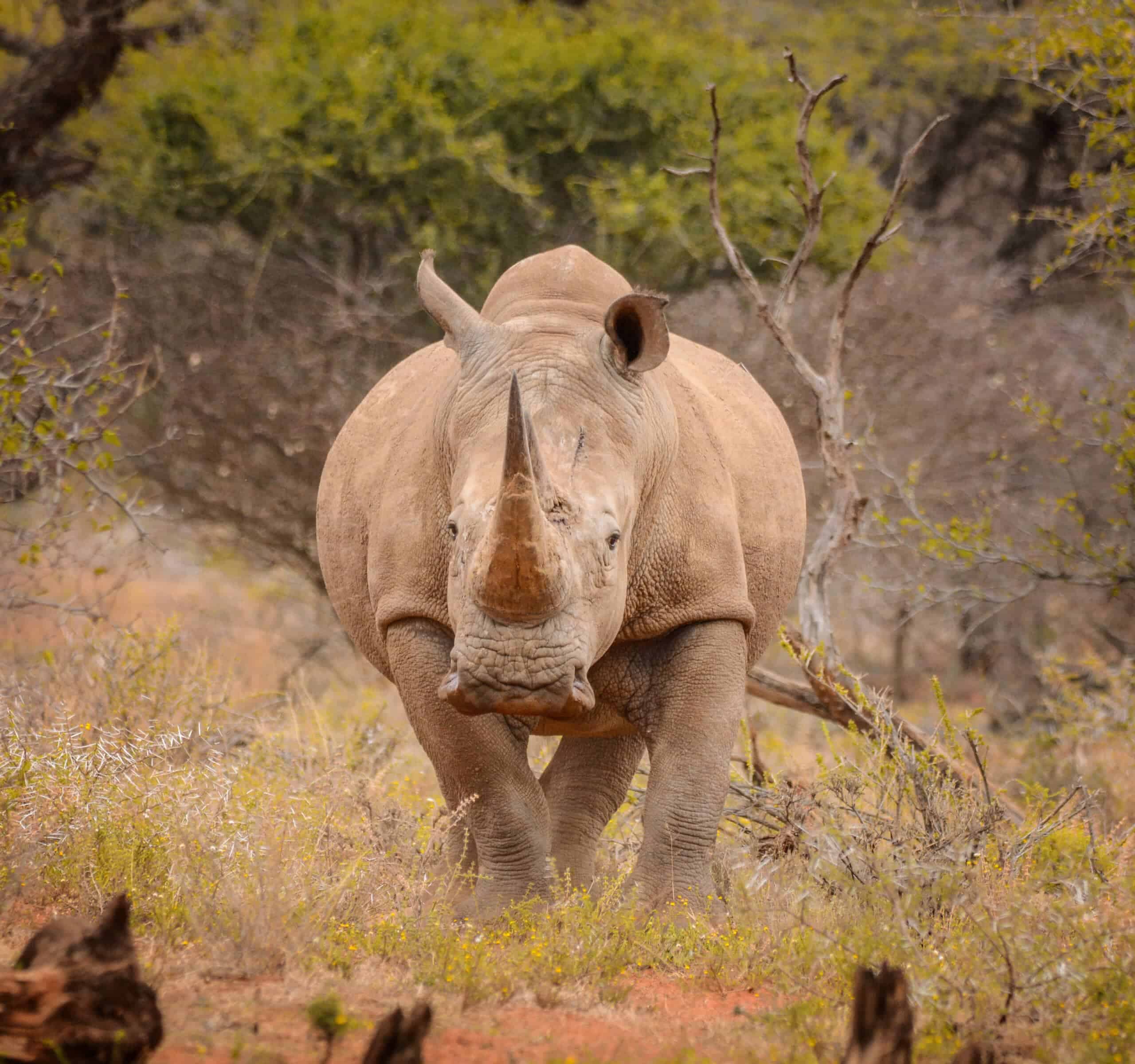
Rhinoceroses practice a fascinating behavior known as “middenning”—the use of communal toilet areas where multiple individuals repeatedly defecate in the same location. These dung heaps, or middens, serve as important communication centers within rhino territories. When visiting these sites, rhinos carefully sniff the existing waste before adding their contribution, essentially “reading” information about other rhinos in the area. The size and chemical composition of these middens provide details about which rhinos have passed through, their sex, reproductive status, and even health condition. Male rhinos use these sites particularly strategically, sometimes kicking and scattering their dung to spread their scent more widely and assert dominance. This sophisticated waste management system represents a form of social networking in the rhino world and helps these primarily solitary creatures maintain awareness of their neighbors without direct contact.
1. Rhino DNA Is Being Preserved for Future De-extinction Possibilities
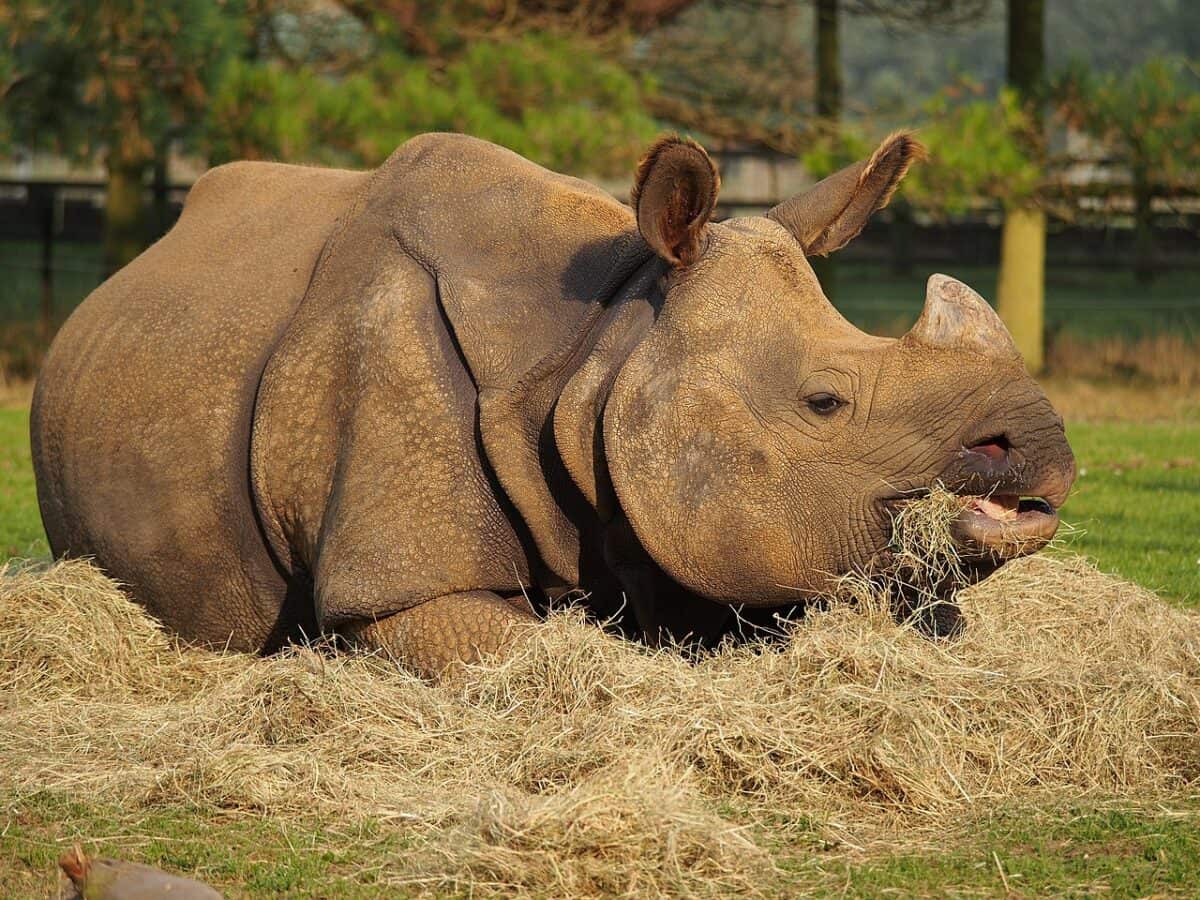
As rhino populations face critical threats, scientists have begun preserving genetic material in specialized biobanks around the world. The Frozen Zoo at San Diego Zoo Wildlife Alliance stores cell cultures from numerous rhinoceros individuals, including the now-extinct northern white rhino subspecies. This genetic repository maintains living cells that could potentially be used for future breeding programs or even de-extinction efforts using advanced reproductive technologies. Scientists have already achieved promising results with in-vitro fertilization of rhino eggs, and research continues into the possibility of using southern white rhinos as surrogate mothers for northern white rhino embryos. While technological and ethical challenges remain significant, these preservation efforts represent humanity’s attempt to keep open the possibility of restoring rhino diversity even after extinction in the wild. These frozen genetic libraries serve as a last-resort insurance policy for rhino conservation, though experts emphasize that protecting living populations and their habitats remains the priority.
Conclusion: Why Rhino Conservation Matters
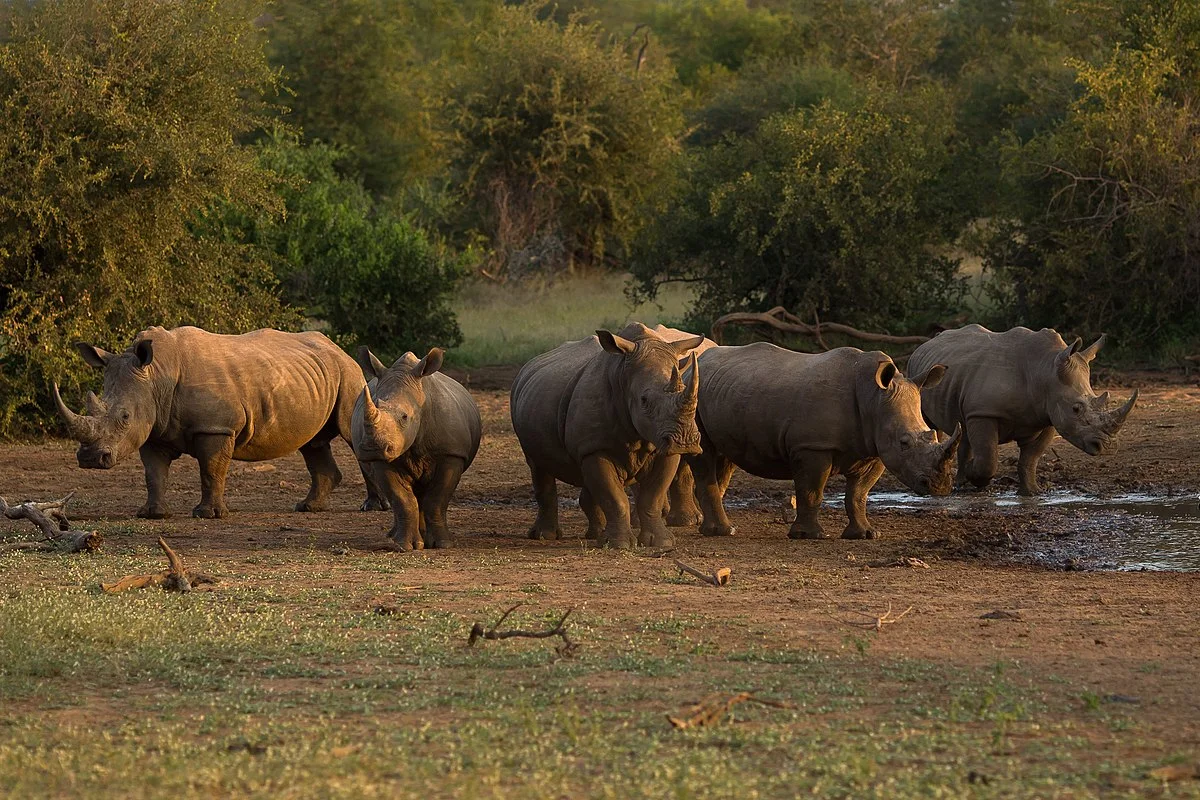
These fifteen remarkable facts only scratch the surface of what makes rhinoceroses such extraordinary creatures—living relics from a prehistoric era that have adapted and survived for millions of years. Their unique biology, behavior, and evolutionary history represent irreplaceable natural heritage that, once lost, can never be fully recovered. As keystone species in their ecosystems, rhinos shape landscapes through their feeding patterns and movement, creating habitat conditions that benefit countless other species. Their current precarious state, with all five remaining species classified as threatened or critically endangered, represents one of conservation’s most urgent challenges. By deepening our understanding and appreciation of these magnificent animals, we strengthen the case for protecting them—not just for their intrinsic value, but for the ecological integrity they help maintain across the diverse landscapes they inhabit.
- The Most Beautiful Bird Migration Routes Across the US - August 9, 2025
- 14 Dog Breeds That Love to Cuddle - August 9, 2025
- 11 Signs Your Horse Might Be Bored - August 9, 2025

